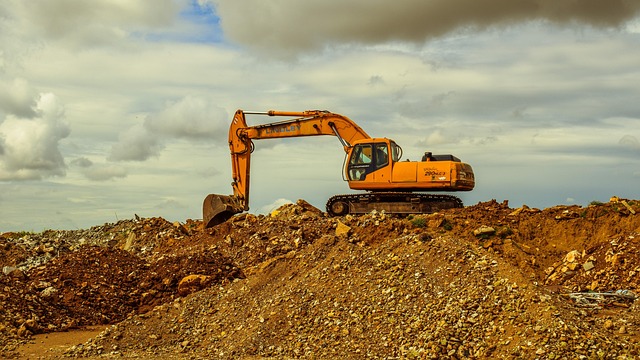Uncovering the Impact of Melting Ice on Debris: A Climate Change Crisis in the Environment
As we watch the majestic glaciers and ice caps melt, we are often captivated by the sheer beauty of nature’s wonders. But beneath that breathtaking surface lies a troubling reality: the ongoing climate change crisis is reshaping our environment, leading to an increase in debris that threatens ecosystems and human communities alike.
The melting of polar ice not only contributes to rising sea levels but also reveals layers of debris that have been trapped for millennia. This debris, which ranges from organic material to plastics and industrial waste, is a stark reminder of our impact on the planet. As ice retreats, it uncovers artifacts of human activity that were long hidden, forcing us to confront our pollution in the most literal sense.
With each glacier that dwindles, we witness the transformation of pristine habitats into areas laden with debris. Marine organisms that once thrived in clear waters are now suffering due to the influx of materials that disrupt their ecosystems. Sea turtles, dolphins, and countless fish species are just a few of the creatures that now navigate through polluted waters, presenting a dire scenario for biodiversity.
Furthermore, the accumulation of debris in previously frozen landscapes poses significant risks to wildlife. Animals that depend on ice-covered regions for breeding and hunting find themselves adapting to littered environments that are less hospitable. The stark contrast between the natural world and the errant waste is not just an aesthetic concern; it’s a serious environmental issue that affects food chains and habitat stability.
Climate change is undeniably one of the largest threats facing our planet, and the exposure of debris due to melting ice adds another layer of complexity to an already critical situation. Each piece of debris tells a story of human neglect and environmental degradation. From microplastics infiltrating marine food webs to large discarded items affecting wildlife movement, the implications of this debris are profound.
Addressing this crisis requires collective action. Individuals can participate in local clean-up initiatives to help mitigate debris pollution, while policymakers must prioritize sustainable practices and invest in research to protect vulnerable ecosystems. The responsibility lies not only with governments but with all of us as global citizens.
As we continue to witness the effects of climate change on our planet, let us be moved not just by the sorrow of melting ice but also by the urgency to act. The debris left behind serves as a call to arms for us to reevaluate our relationship with the environment. Every action counts, and together, we can work towards a cleaner, more sustainable future.
In this precarious moment in history, engaging in conversations about melting ice and its associated debris is crucial. By fostering awareness, we can educate ourselves and future generations on the importance of protecting our environment against the ravages of climate change.



